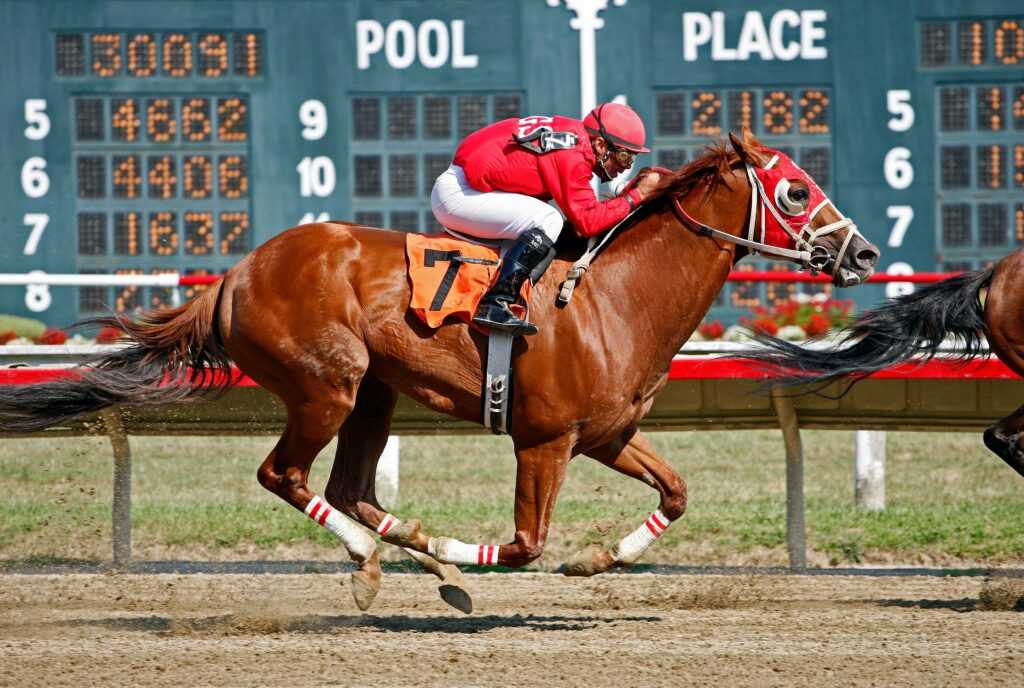Point spreads form the backbone of wagering on major sporting events. Understanding how they work moves analysis beyond guessing which team will win. Instead, it focuses on how oddsmakers handicap matchups and how bettors can interpret that.
It hints at exploring advanced metrics, juice implications, and live adjustments without drowning readers in jargon. With that tone set, this guide proceeds to reveal how spreads evolve from initial models to final numbers and what that means for informed wagering.
What Sparked the Birth of Handicaps
In the 1940s, Charles McNeil introduced the point spread to balance uneven matchups and force bettors to predict scoring margins. That shift turned wagering into a deeper exercise, as bettors had to examine factors beyond team reputation.
Understanding this origin clarifies why spreads remain central. That’s because they quantify expected competitiveness.
Sportsbook platforms use spreads as a key risk-management tool to help balance the money wagered on both sides of a bet. They begin by setting lines based on power ratings, then make adjustments for factors like injuries, travel, weather, and coaching tendencies. Any movement in the line reflects changes in win probability or betting patterns, not random shifts.
Modern handicapping layers efficiency metrics, tempo analysis, and situational stats into initial spread calculations. Qualitative insights, like locker-room reports or late roster changes, further refine the handicap. Recognizing these inputs helps interpreters see spreads as distilled forecasts, not arbitrary numbers.
Bettors treat spread shifts as signals of updated expectations. When the spread misaligns with underlying metrics, value opportunities emerge. Grounding wagers in this signal-driven approach keeps decisions analytical rather than guess-based.
How to Adapt the Spread Strategy Across Sports Events
Different sports demand distinct approaches to spreads. Understanding each context avoids one-size-fits-all mistakes.
Below, each sport’s spread nuances and tactics appear as separate bullets to highlight their unique challenges and opportunities.
1. Football
The NFL’s scoring patterns make three- and seven-point margins pivotal. Oddsmakers factor in down-and-distance tendencies, red-zone efficiency, and situational play-calling when setting spreads.
Advanced bettors watch injuries at key positions (quarterback or edge defender), as these shifts often force line tweaks. Live adjustments hinge on in-game momentum swings: turnover events or unexpected weather can prompt quick handicapping shifts. Evolving power ratings and in-play analytics can reveal mispriced lines before the market fully digests new developments.
2. Basketball
High scoring and rapid possessions amplify volatility. Tempo metrics and offensive/defensive efficiency ratings drive initial spreads.
Home-court advantages may vary based on crowd impact and travel scheduling. Sharp bettors examine rotation depth and bench contributions, which means a sudden rest for a star or an emerging role player can swing lines.
In live betting, quick shifts in shooting form or foul trouble prompt swift spread changes. Pairing pregame analytics with real-time stats helps identify when spreads lag behind unfolding game flow.
3. Baseball (Run Lines)
The low-scoring nature means run lines often sit at ±1.5 runs. Because pitchers largely set the tone, an unexpected starter change or bullpen concern can prompt a significant movement in the line.
Advanced metrics like FIP or xERA inform expected run environments. Situational factors, like stadium dimensions or weather, also shift run expectations.
Tracking changes to the lineup and bullpen workload helps bettors lock in favorable run line odds before late-breaking pitching announcements force a shift.
4. Hockey (Puck Lines)
Goal-scoring rarity makes the standard puck line (often ±1.5 goals) challenging for favorites. A surprise goalie in net often prompts a slight adjustment to the puck line. Shot metrics and expected-goal models feed initial handicaps.
Special-teams performance draws attention, as shifts in power-play or penalty-kill effectiveness alter margin forecasts. Live betting reacts to momentum shifts like early goals or penalty bursts. Integrating in-game shot quality data with pregame predictions helps identify when puck lines misalign with actual game flow.
5. Soccer (Asian Handicaps)
Goals come infrequently, so handicaps often use fractional lines (e.g., +0.5, –1). Oddsmakers account for team defensive structure, expected goal (xG) differentials, and match tempo.
Home advantage varies by league and travel demands. Advanced bettors examine pressing trends and squad rotation, especially in congested fixture periods. Weather or pitch conditions may influence goal-scoring probabilities. Monitoring live xG flow can reveal when Asian handicap lines lag behind the match’s evolving balance.
How Real-World Factors Twist the Numbers
Oddsmakers lean on power ratings that merge recent results, efficiency metrics, and tempo analysis into a baseline spread. Those models simulate scoring margins under various scenarios, ensuring the initial line reflects measurable team strengths.
Next, real-world factors tweak that projection. Home-field considerations extend to travel strain, altitude quirks, and rest disparities, while weather or court conditions further adjust expected margins. These situational inputs ensure the spread matches how teams perform under true game-day circumstances.
Context refines the handicap further. Injury news reshapes rotation plans and snap distributions, while coaching tendencies, like fourth-down aggression or pace choices, alter scoring variance.
Oddsmakers also examine detailed matchup data, often from knowledge sources for bettors like FanDuel Research, to capture how one defense counters an opponent’s scheme and unearth nuanced edges.
Once released, the line reacts to market dynamics. Sharp bets and uneven handle prompt shifts as the book balances liability and fine-tunes pricing with appropriate vig.
Emerging trends, like unexpected efficiency swings or breakout contributors, feed back into power ratings throughout the season. Therefore, watching spread moves becomes a way to read updated win-probability signals rather than random noise.
When Lines Speak Louder
When lines shift after early bets or practice reports, oddsmakers reveal their evolving forecast. Paying attention to those dynamics helps parse how models and judgment intersect. It also shows when public sentiment diverges from informed action. Understanding this interplay between quantitative ratings and qualitative updates guides smarter wagering. Over time, observing how spreads respond to multiple factors builds a clearer sense of when the market misjudges probabilities.


 Johnner Ortegallera is the visionary founder of Rush Gambler Win, a leading platform dedicated to delivering the most current and comprehensive news in the gambling industry. Covering everything from casino games and sports betting to esports wagering and cryptocurrency gambling, Johnner has created a hub where players and bettors can stay informed and ahead of the game. With a strong focus on providing valuable insights, expert strategies, and practical tips, he is committed to empowering gamblers to enhance their skills, expand their knowledge, and make smarter, more confident decisions. Under his leadership, Rush Gambler Win continues to set the standard for excellence in gambling content.
Johnner Ortegallera is the visionary founder of Rush Gambler Win, a leading platform dedicated to delivering the most current and comprehensive news in the gambling industry. Covering everything from casino games and sports betting to esports wagering and cryptocurrency gambling, Johnner has created a hub where players and bettors can stay informed and ahead of the game. With a strong focus on providing valuable insights, expert strategies, and practical tips, he is committed to empowering gamblers to enhance their skills, expand their knowledge, and make smarter, more confident decisions. Under his leadership, Rush Gambler Win continues to set the standard for excellence in gambling content.